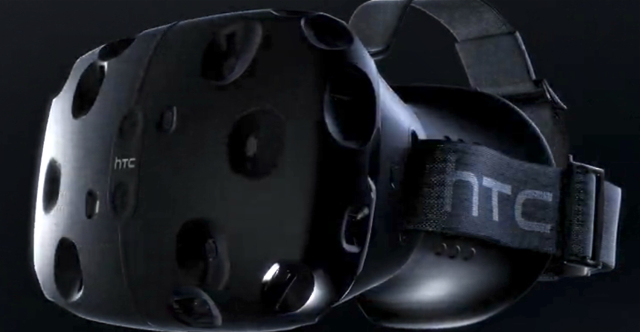The wide consumer release of virtual reality headsets from companies such as Oculus VR has been stalled by ongoing development and additional upgrades. Some VR makers have attributed the delay to motion sickness experienced by some users. While Oculus and other companies have promised to have their products ready by the end of this year or early 2016, game developer Valve says it has already developed a solution to the discomfort caused by VR headsets.
“Oculus and other companies are still making technical modifications to their products to avoid” the effects of motion sickness, reports The New York Times. “They are encouraging game developers to avoid creating virtual environments that tend to cause nausea, like roller coasters.”
Given the pressure to succeed, companies that make VR headsets are being cautious about launching a product that could underperform or even worse, make people sick. Companies such as Oculus and Samsung continue to work on their products.
Valve claims it has developed a technology to eliminate discomfort and motion sickness caused by headsets. According to NYT, Valve’s technology, referred to as Lighthouse, “is a motion tracking system that uses lasers to accurately reproduce a person’s real-world movements in the virtual world.”
“Zero percent of people get motion sick” when they try out the new system, said Gabe Newell, president and co-founder of Valve. The game company is teaming with HTC to introduce a new device called Vive.
The lasers radiate from base stations located inside the room. The lasers track movement from the Vive headset and two handheld controllers that “show up in VR as visualizations in front of your eyes, as if you were looking down at them in your hands in real life,” Engadget explains.
Even though Lighthouse was designed for the Vive, the tech will be readily available to all manufacturers of VR headsets. Engadget reports that Newell has vowed to give the technology away for free. “It’s not some special secret sauce,” he said. “It’s like everybody in the PC community will benefit if there’s this useful technology out there. So if you want to build it into your mice, or build it into your monitors, or your TVs, anybody can do it.”
Related:
HTC and Valve Have Cracked the VR Code, TechCrunch, 2/5/15


No Comments Yet
You can be the first to comment!
Sorry, comments for this entry are closed at this time.